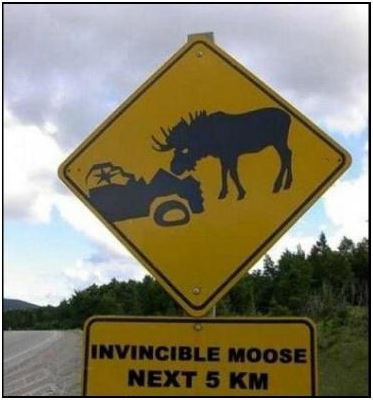
Watch for Deer On The Road
October 21, 2015
It’s that time of year again when it’s important for drivers to watch for deer on the road. The term “deer” also includes moose, elk, and caribou in those parts of the country where they live.
Deer tend to congregate along the sides of the roads during the fall mating season from October through the end of the year and are mostly encountered at dawn and dusk when it’s hardest to see them.
According to the Washington State Department of Transportation, your chances of hitting a deer are greatest:
- When there aren’t a lot of big trucks on the road. Researchers feel that the presence of large trucks on the road lead car drivers to be more cautious and alert. The noise created by the trucks may also help to drive the deer away.
- When the speed limit is above 50 mph, giving drivers less time to react.
- When there are fewer lanes.
- When the median is 6 feet wide or narrower.
Your chances of being involved in a collision with a deer on the road also depends on the state in which you live. According to data compiled by State Farm Insurance, a Florida driver’s chances of hitting a deer are 1 in 930 compared to West Virginia where a driver has a 1 in 44 chance of an encounter.
Most often, your first hint of a deer on the road will be the light reflected from their eyes.
Once you see one, slow down. You can count on more deer being close by but you can’t count on how they will behave as your vehicle draws near..
Since deer tend to forage at night, their eyes have evolved to gather more light. Once those large eyes are hit by the beams from a car’s headlight, it results in an explosion of light that blinds and immobilizes the deer (the deer in the headlights effect).
Honking your horn may frighten the deer and cause it to run but it could just as easily run into the roadway. Honking your horn is only a good choice if you’re driving slowly enough that a collision won’t do much damage.
If a deer runs into the road, don’t give into the temptation to swerve in hopes of avoiding it. Swerving may cause you to lose control of your vehicle leading to an even worse crash. Sadly, it’s often a safer choice to hit the animal that has run out into the road rather than swerving to avoid it.
In 2013, four drivers were killed and 465 were injured in crashes involving animals on Florida roads. Nationwide in 2013, according to the Insurance Information Institute, there were 191 deaths caused by collisions with animals.
